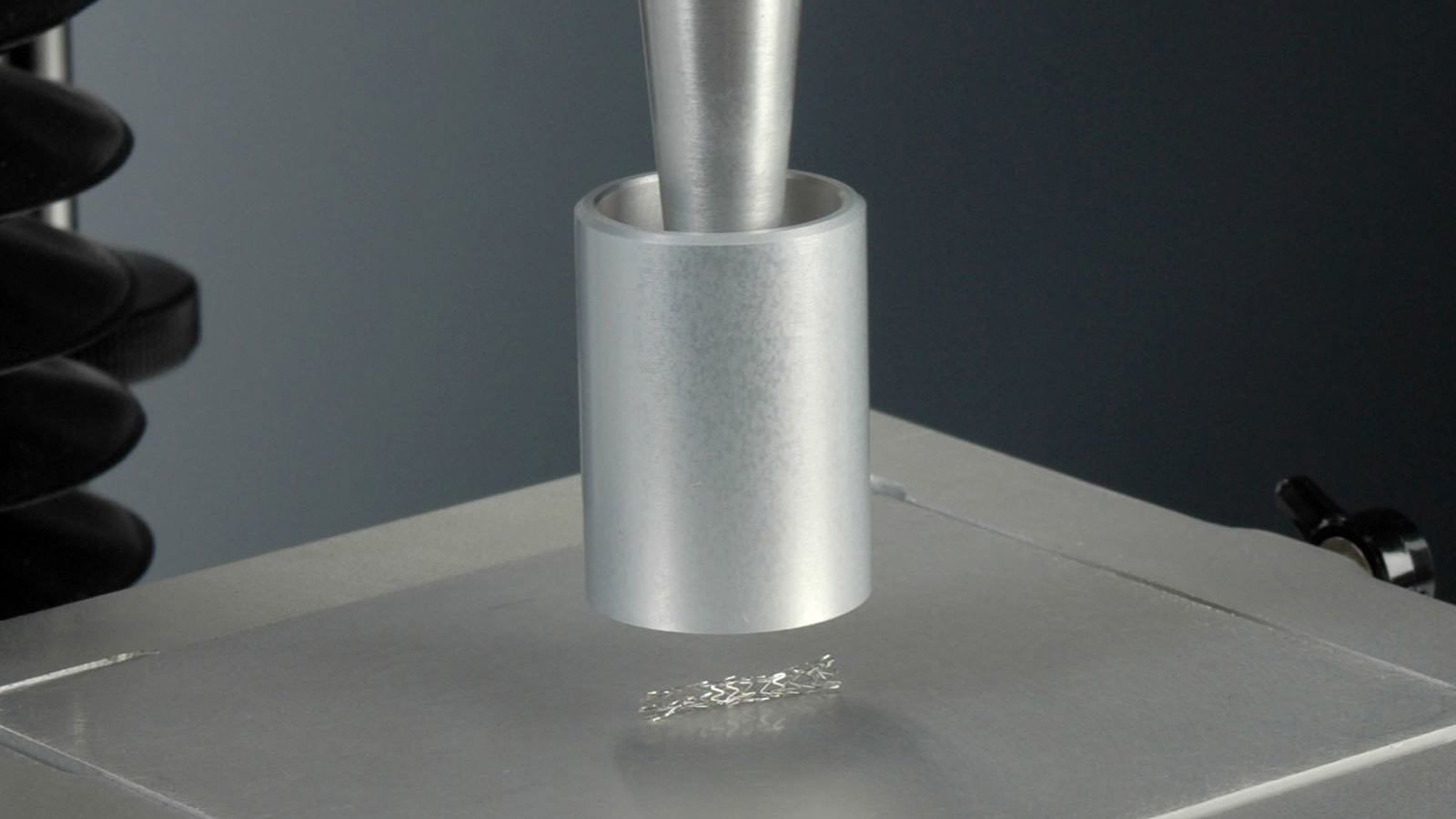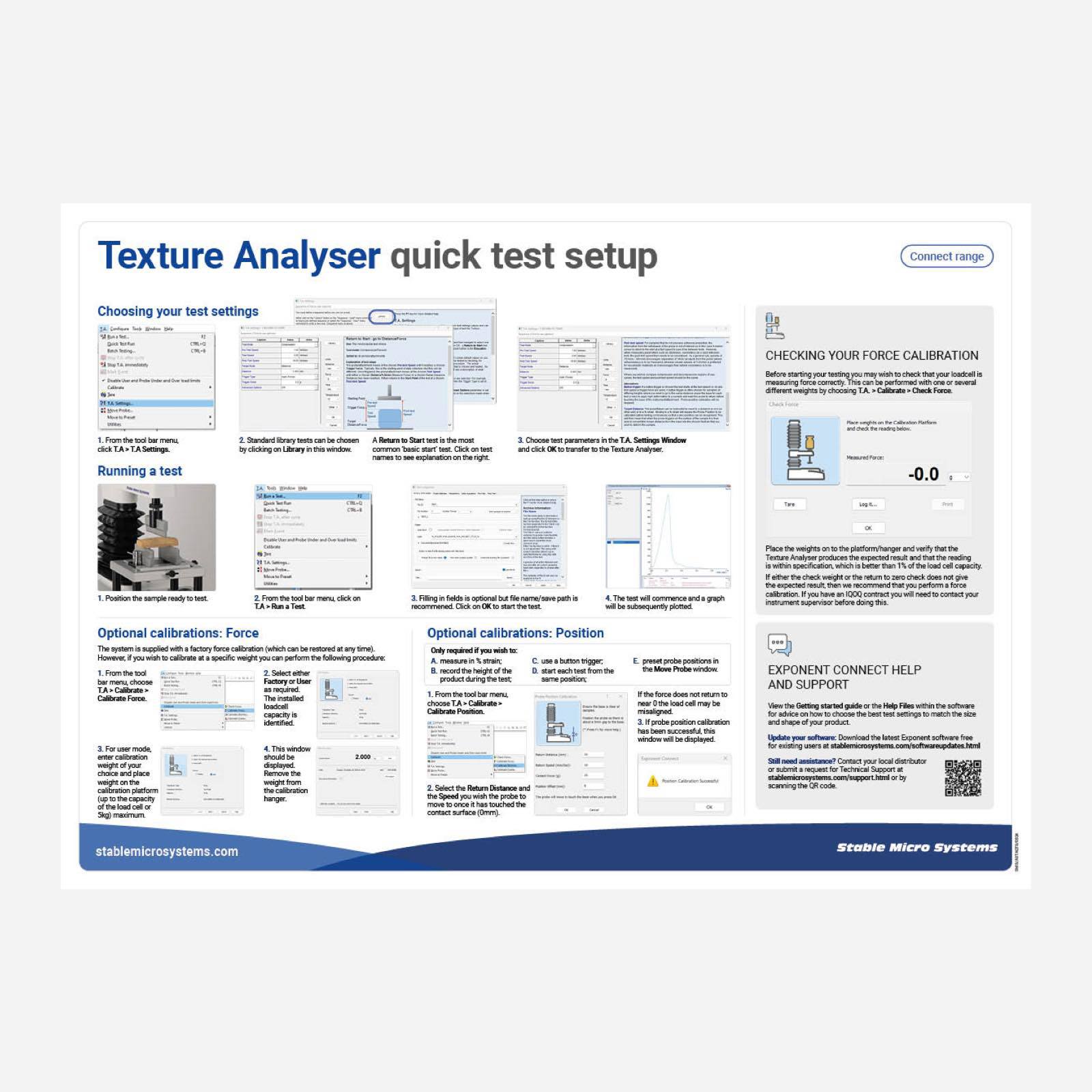
Understanding how a Texture Analyser works – Measurement accuracy, precision and resolution

A Texture Analyser is a critical tool in various industries, particularly in food, pharmaceuticals, and materials science, for measuring the physical properties of products. Key aspects of its functionality include measurement accuracy, precision, and resolution. Understanding these concepts is essential for interpreting test results correctly and ensuring reliable data.
Measurement accuracy
Accuracy refers to how close a measured value is to the true value. Regular calibration against known standards should retain precision and improve accuracy. Conditions like temperature and humidity can affect accuracy and must be controlled.
Measurement precision
Precision involves the consistency of repeated measurements. High precision means that repeated measurements under unchanged conditions yield similar results. Factors affecting precision include:
- Instrument stability: A stable setup reduces variability.
- Repeatability: The ability of the instrument to produce the same results under the same conditions.
- Reproducibility: Consistency of results when tests are performed by different operators or with different equipment.
Measurement resolution
Resolution is different from accuracy and precision and is defined as the smallest change in measurement that an instrument can detect. Higher resolution allows for more detailed and subtle measurements. In most cases the resolution of an instrument is better than the stated accuracy. For a Texture Analyser:
- Step size: The incremental steps the drive mechanism can make, often controlled by a stepping motor.
- Load Cell range: The range and sensitivity of the Load Cell influence the resolution of force measurements.
- Data acquisition rate: Higher rates can capture more detailed changes over time.
Accuracy vs. precision
Accuracy: Indicates how close a measurement is to the true value.
- In the context of a Texture Analyser, it means the measured value is close to the actual property being measured.
- High accuracy means the instrument gives a measurement that is correct on average.
Precision: Indicates how close multiple measurements are to each other.
- For a Texture Analyser, it means that repeated measurements under the same conditions yield very similar results.
- High precision means the instrument gives consistent measurements.

High accuracy, high precision:
- Data points are clustered together and close to the true value.
Example: Consistently hitting the centre of the target.
Low accuracy, high precision:
- Data points are clustered together but far from the true value.
High accuracy, low precision:
- Data points are close to the true value (centre of the target) but spread out.
Low accuracy, low precision:
- Data points are spread out and far from the true value.
Factors influencing measurement quality
- Instrument calibration: Regular calibration ensures that the Texture Analyser provides accurate results.
- Environmental control: Maintaining consistent environmental conditions prevents external factors from affecting measurements.
- Sample preparation: Consistent sample preparation techniques ensure that variations are due to the material's properties, not inconsistencies in sample handling.
- Operator training: Proper training for operators minimises human error and enhances the reproducibility of results.
Understanding the principles of accuracy, precision, and resolution is crucial for effectively using a Texture Analyser. These factors ensure that the data collected is reliable and meaningful, providing valuable insights into the physical properties of materials. Regular maintenance, calibration, and adherence to best practices in sample preparation and testing are essential for achieving optimal measurement performance.
By paying attention to these details, you can maximise the utility of your Texture Analyser and ensure high-quality, reliable data for your applications.
Request a Quick test setup guide poster for placement near your instrument to inform users.
Or if you have lost it, request a comprehensive manual to be sent to you.














